Vehicle identification
Vehicle Identification Number (VIN) plate

The vehicle identification number plate is attached as shown. This number is the identification for your vehicle and is used in the vehicle registration.
Vehicle identification number (chassis number)
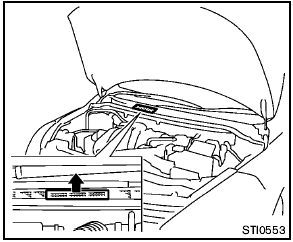
The vehicle identification number is located as shown.
Remove the cover to access the number.
Engine serial number
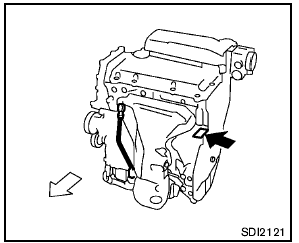
The number is stamped on the engine as shown.
F.M.V.S.S./C.M.V.S.S. certification label
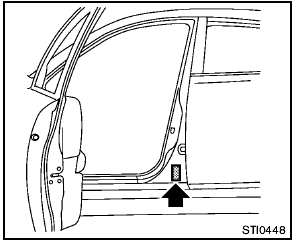
The Federal/Canadian Motor Vehicle Safety Standards (F.M.V.S.S./C.M.V.S.S.) certification label is affixed as shown. This label contains valuable vehicle information, such as: Gross Vehicle Weight Ratings (GVWR), Gross Axle Weight Rating (GAWR), month and year of manufacture, Vehicle Identification Number (VIN), etc. Review it carefully.
Emission control information label
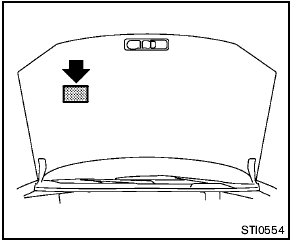
The emission control information label is attached to the underside of the hood as shown.
Tire and loading information label
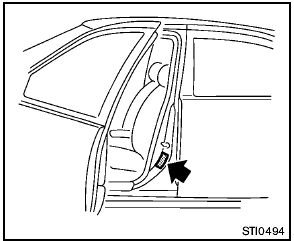
The cold tire pressure is shown on the Tire and Loading Information label affixed to the pillar as illustrated.
Air conditioner specification label
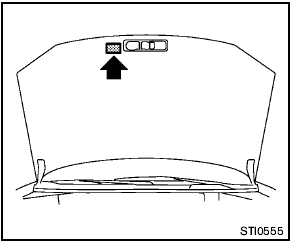
The air conditioner specification label is attached to the underside of the hood as shown.
See also:
Checking engine coolant level
Check the coolant level in the reservoir when
the engine is cold. If the coolant level is below
the MIN level, add coolant to the MAX level. If the
reservoir is empty, check the coolant level in ...
Control panel buttons — color screen without Navigation System (if so
equipped)
1. STATUS button
2. INFO button
3. NISSAN controller
4. OFF brightness control
button
5. BRIGHT + (brightness control) button
6. BRIGHT – (brightness control) button
7. BACK (previ ...
Meters and gauges
1. Instrument brightness control switch
2. Tachometer
3. Speedometer
4. Fuel gauge
5. Warning/indicator lights
6. Trip computer switch
7. Dot matrix liquid crystal display
— Trip compu ...
